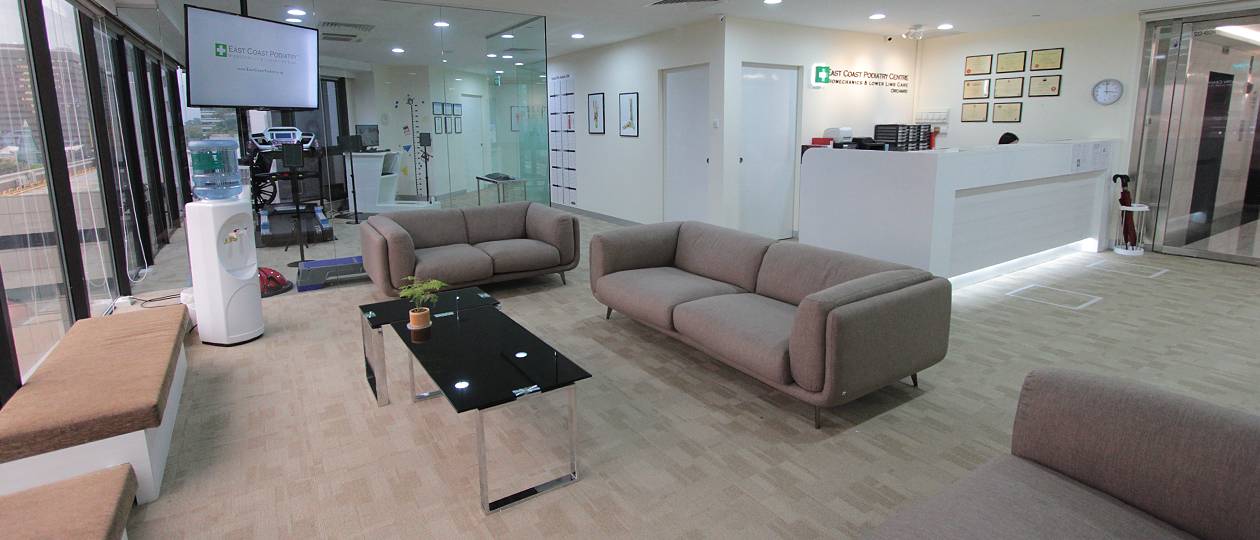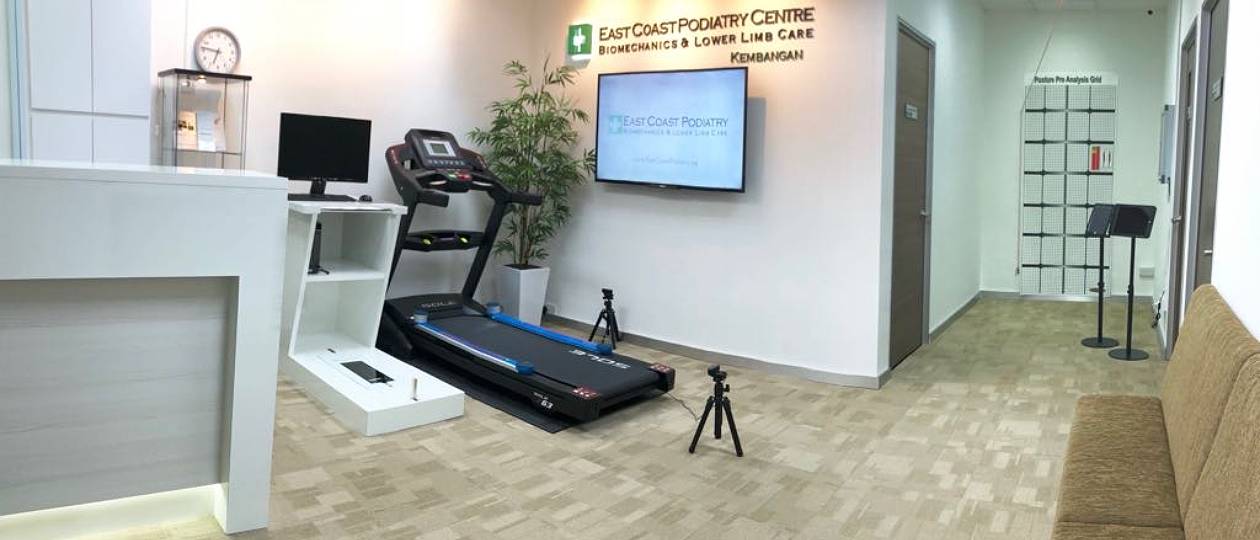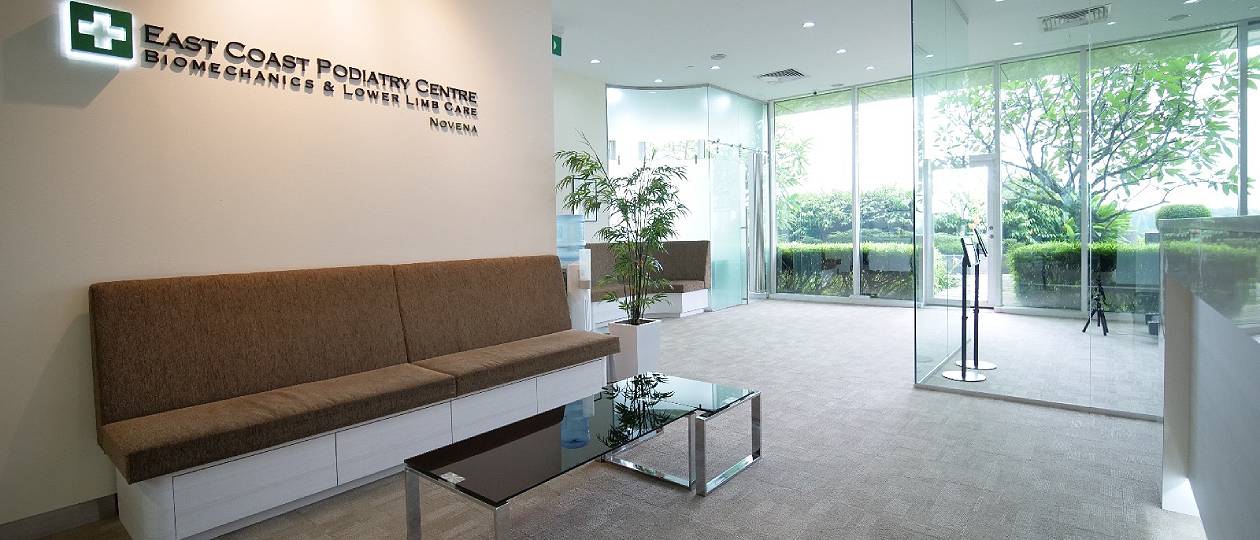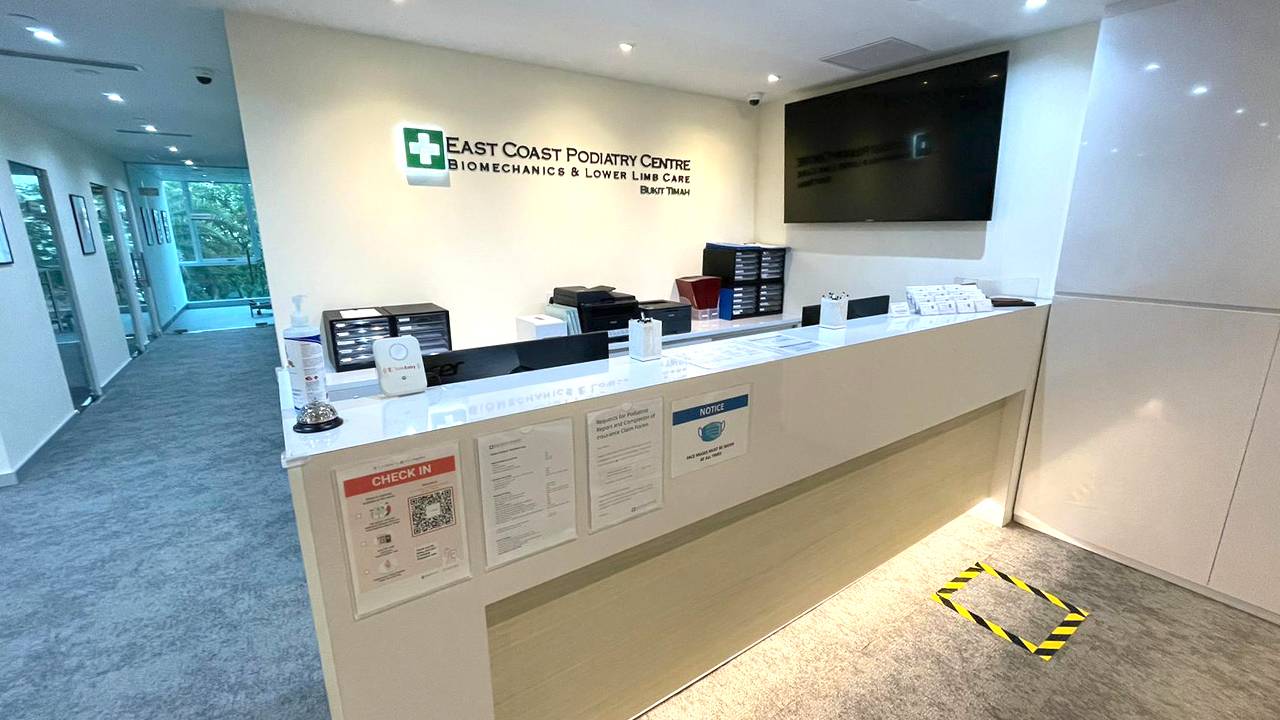Knee pain is a common complaint amongst people of all ages in Singapore. Those affected include the physically active such as keen athletes, social sportspeople, gym-goers or the physically inactive. Knee pain can be caused by various reasons, including injury or underlying conditions such as arthritis. It may also be a result of a ruptured ligament or torn cartilage in the knee.
Depending on the severity of the condition, you may also experience the following:
- Knee swelling
- Unable to bear weight on your knee
- Locking or clicking of the knee joint
Some commonly encountered knee problems
Injuries
- Anterior cruciate ligament (ACL) tear – a common injury among people who play sports such as football and basketball, it can lead to long term knee problems even if it seems healed.
- Fractures – Other bone conditions such as osteoporosis may also increase the risk of fracture.
- Torn meniscus. The meniscus is a rubbery cartilage that acts as a shock absorber for your knee to bear weight. This makes it prone to wear and tear; a common cause of injury is a sudden twist of the knee during activity.
Mechanical problems
- Iliotibial band syndrome – occurs when the iliotibial band (tissue that extends from the outside of your hip to the outside of the knee) is overused or overstretched.
- Dislocated knee cap – occurs when the patella (bone in front of the knee) is misaligned.
- Hip or foot pain – pain in the hip and foot may change the way you walk. This alters your gait and puts more stress on the knee joint.
- Knee bursitis – inflammation can occur in the bursae, which are small fluid sacs that act like cushions for your knee joints so the tendons and ligaments can glide smoothly over the joint.
- Patellar tendonitis – irritation and inflammation of the thick, fibrous tissues that attach the muscles to bones in the knee. Runners are particularly at risk to this condition.
Various forms of arthritis
There are various forms of arthritis that are likely to affect the knee. These include –
- Osteoarthritis
- Rheumatoid arthritis
- Gout
- Pseudogout
- Septic arthritis
Other risk factors for developing knee pain should also be considered. These include excess body weight, lack of muscle flexibility and strength, high impact sports that put greater stress on the knees, and previous injuries which increase the risk of similar injuries.
Leaving knee pain unaddressed without proper diagnosis and management may leave you with long-term complications such as osteoarthritis, severe pain, joint damage and disability.
Podiatrists are foot specialists who diagnose and manage foot and lower limb conditions. They use a variety of diagnostic tools to assess your condition and a range of modalities to help you recover without the need for invasive surgery.





